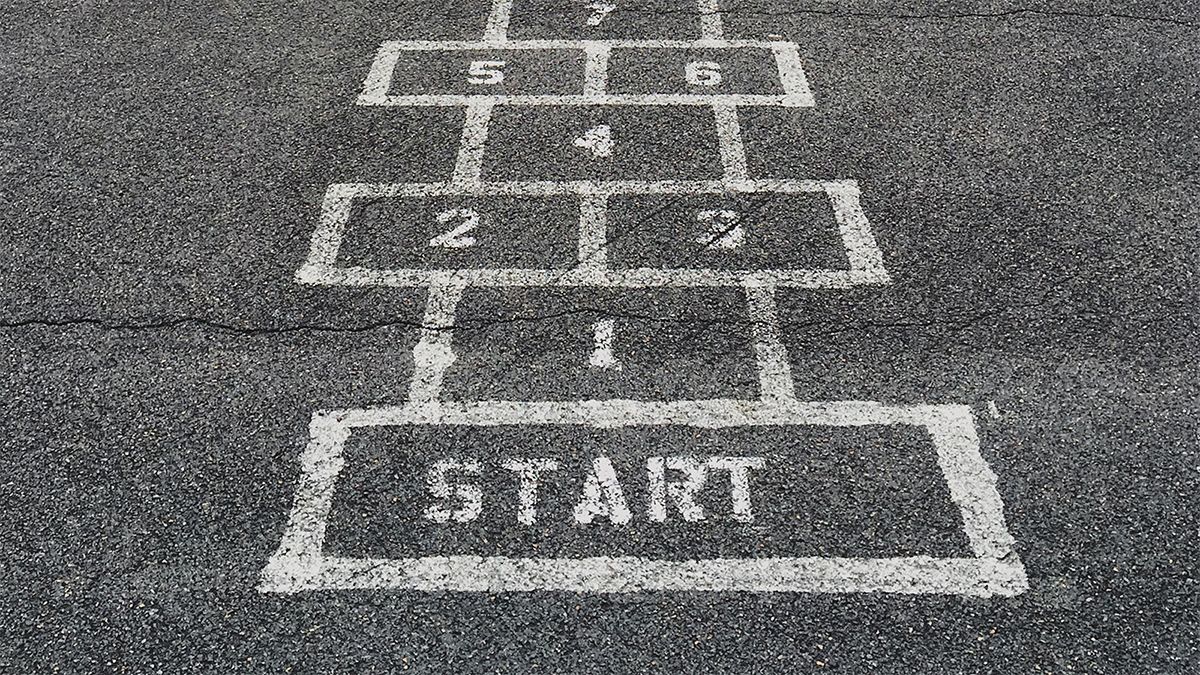eLearning Course Design
eLearning designers are often the unsung heroes of effective online learning experiences. They have the powerful role of being the ones that build the content provided by the subject matter expert into a robust and engaging narrative for the learner.
However, getting there isn't easy. If you are just starting out, you aren't going to become an expert on day one. But if you follow some expert advice, your road to success will be much smoother. This is a compilation of some things we wish we knew when starting out as a new eLearning designer.
Establish Expectations with Your Team
Moving content online means a team-based approach to learning. The designer is only one piece of the puzzle. Of equal importance are the Subject Matter Expert, the multimedia production specialist, the instructional production specialist, and other designers. With that many people working on the course, a lack of expectations leads to confusion, frustration, and ineffective learning experiences. Use collaboration tools, project management tools, and consistent guidelines for everyone working on the course. Consider creating a role delineation chart so that everyone understands their expectations and knows what they are accountable for. This way, in the event of a misunderstanding or disagreement, the team can refer to the initial documentation to resolve challenges.
Work Backwards from Objectives to Assessment to Activities
The traditional train of thought many eLearning newbies think of is to design sequentially from course introduction to content to conclusion and then create the assessment. This does not encourage iterations on designs or a focused target on what is the most important aspect of design. After the initial learning objectives are created, the next step is to decide what evidence is acceptable to verify that the learner has transformed the information presented in the modules into knowledge. When considering possible assessments, focus on what format of assessment is useful for that audience and the kind of evidence needed to show competency on the part of the learner. Possible options for assessment format are multiple-choice, true/false, multiple select, short answer, and primary reflection. These formats can assess different types of knowledge. Declarative knowledge includes knowledge like being able to remember steps in a sequence or then names of chemicals while procedural knowledge focuses on learners being able to perform steps in a sequence or completing a successful chemistry experiment. The level of evidence required will help to dictate if you need a simple drag-and-drop activity or a more in-depth simulation.
Also, you should think about:
- How long the assessment needs to be
- How frequent the assessments need to be
- If it is a formative or summative assessment. A portion of the assessment design decision is made by the scaling of the assessment. Take into consideration that an assessment built in the middle of a lesson should focus on formative goals while one at the conclusion of a lesson should be summative.
- Does it need to be automatically assessed or will someone be able to review the work? Or will there be a mix between automatic assessments and manually graded?
Final note: Make sure you include only those activities that help you achieve the learning outcomes and that you design activities to help learners efficiently tackle the assessment tasks.












